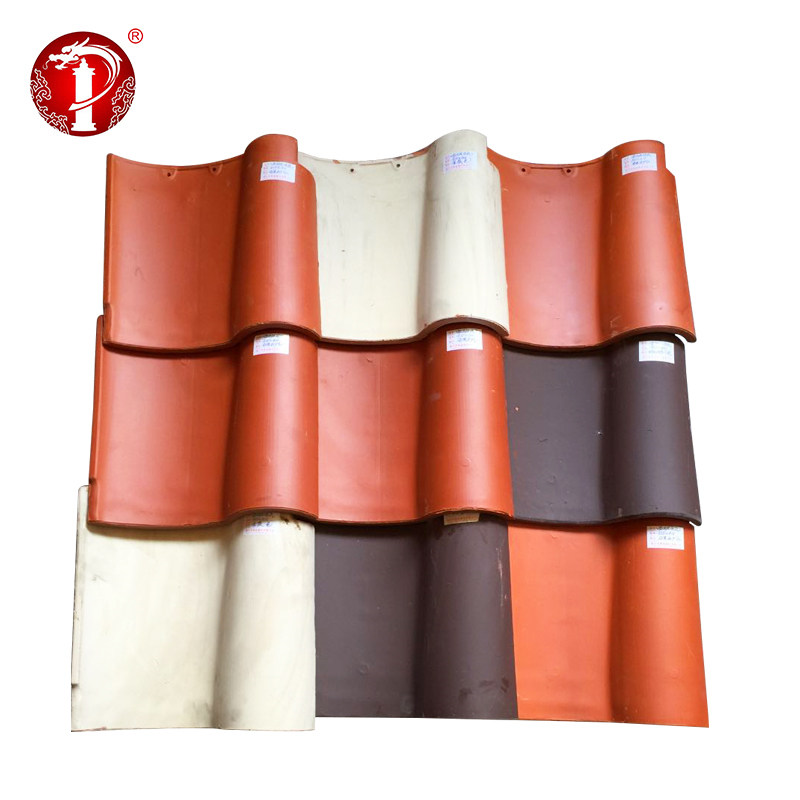 English
English-
 English
English -
 Español
Español -
 Português
Português -
 русский
русский -
 Français
Français -
 日本語
日本語 -
 Deutsch
Deutsch -
 tiếng Việt
tiếng Việt -
 Italiano
Italiano -
 Nederlands
Nederlands -
 ภาษาไทย
ภาษาไทย -
 Polski
Polski -
 한국어
한국어 -
 Svenska
Svenska -
 magyar
magyar -
 Malay
Malay -
 বাংলা ভাষার
বাংলা ভাষার -
 Dansk
Dansk -
 Suomi
Suomi -
 हिन्दी
हिन्दी -
 Pilipino
Pilipino -
 Türkçe
Türkçe -
 Gaeilge
Gaeilge -
 العربية
العربية -
 Indonesia
Indonesia -
 Norsk
Norsk -
 تمل
تمل -
 český
český -
 ελληνικά
ελληνικά -
 український
український -
 Javanese
Javanese -
 فارسی
فارسی -
 தமிழ்
தமிழ் -
 తెలుగు
తెలుగు -
 नेपाली
नेपाली -
 Burmese
Burmese -
 български
български -
 ລາວ
ລາວ -
 Latine
Latine -
 Қазақша
Қазақша -
 Euskal
Euskal -
 Azərbaycan
Azərbaycan -
 Slovenský jazyk
Slovenský jazyk -
 Македонски
Македонски -
 Lietuvos
Lietuvos -
 Eesti Keel
Eesti Keel -
 Română
Română -
 Slovenski
Slovenski -
 मराठी
मराठी -
 Srpski језик
Srpski језик
Terracotta Roof: A Perfect Combination of Traditional Materials and Modern Eco-friendly Trends
2023-11-10
In recent years, with increasing awareness of environmental protection and sustainable development, traditional terracotta roofing is becoming a highly sought-after and valuable material in the construction industry.
Terracotta tile roofs not only have an elegant appearance, but also have excellent environmental protection properties, making them a new favorite among contemporary architects. Traditional terracotta roofs originate from ancient architectural culture and have a long history and unique aesthetic value.
The production process of terracotta tiles is based on natural clay materials and is fired at high temperatures. This unique manufacturing method makes terracotta tiles extremely durable and waterproof, allowing them to remain intact in a variety of harsh climatic conditions. Terracotta roofing also performs well on the environment when compared to traditional stone or metal materials. First, the production of terracotta roofs does not require petroleum or other limited resources, but rather takes advantage of the abundant natural clay resources.
Secondly, terracotta roofs have high energy efficiency and can absorb and retain solar energy, reduce the internal load of the building, and improve energy efficiency.
In addition, due to the recyclability of terracotta tiles, old roof tiles can be reused after replacement, reducing the generation of construction waste. As modern architecture pays more and more attention to environmental protection and sustainable development, the application of terracotta roofs has gradually expanded. Many designers are beginning to incorporate traditional terracotta roofs into the design of modern buildings.
Through the use of terracotta roofs, buildings not only have unique appearance characteristics, but can also reduce energy consumption and improve energy conservation and emission reduction effects. In addition, terracotta roofs are also highly maintainable. Its surface can be coated with a special coating to improve its anti-pollution ability and extend its service life. At the same time, terracotta tiles have good air permeability, which can effectively reduce indoor humidity and improve the quality of the living environment.
To sum up, terracotta roofs have become the new favorite in the field of modern architecture with their unique aesthetic value and excellent environmental performance. While inheriting traditional culture, terracotta roofs can also bring more environmentally friendly and sustainable building solutions. It is believed that as time goes by, terracotta roofs will play an increasingly important role in future architectural design, perfectly combining tradition and modernity.






